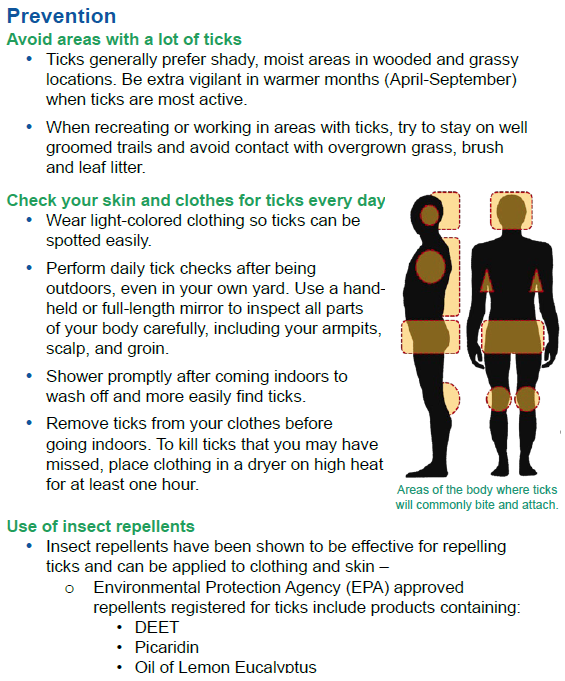For more than 90 million years, ticks have roamed the earth spreading diseases to humans and animals and feeding off their blood. As members of the arachnid group, these eight-legged monsters aren’t insects, despite their close relation to spiders. With over 800 known species, only two types actually spread diseases; hard ticks (Ixodidae) and soft ticks (Argasidae). To tell the two apart, look to see if the tick has a hard plate on its back. If it does, it’s a hard tick. If it does not, it’s a soft tick.
Without the ability to fly or jump, ticks perform a strategy called “questing” when they’re ready to feed. This process includes them waiting until a human or animal passes by and stretching their legs out to latch themselves onto the host. Once bitten, a tick will feed on the host until it falls off the skin. If you’re walking through a grassy or wooded area, you may come in contact with a tick so it’s important to always be cautious and aware of your surroundings.
Ticks can attach anywhere on the body, but are commonly found in the hairline, ears, waistline, armpit and groin. Tick bites are painless and identifying one can be very difficult, especially if the tick has already fallen off the skin. If you come in contact with a tick, make sure you understand the signs and symptoms. If the tick is still attached to the skin, simply remove it with tweezers by gently pulling it from the area. If the tick has already fallen off, you may experience burning, itching, redness or swelling and these signs can be recognized almost immediately.
Most tick bites do not transmit diseases, but if you do come in contact with a hard or a soft tick (knowingly or unknowingly), you may experience the following symptoms:
• Fever • Shortness of breath • Vomiting • Swelling or lymph nodes • Weakness for paralysis • Headache • Palpitations
It is important to inform a physician if you’re ill and have had recent exposure to ticks or environments where ticks are present. This information can be crucial for accurately diagnosing diseases such as: Lyme disease, Rocky Mountain spotted fever, tularemia, anaplasmosis and ehrlichiosis. Each of these diseases are treatable with antibiotics and those treated in the early stages usually will fully recover.
Prevention is Key
For a helpful tick bite prevention guide, check out the graphic below, which is compliments of Michigan.gov

